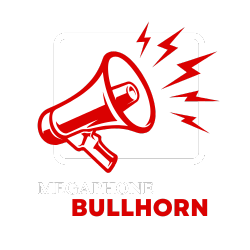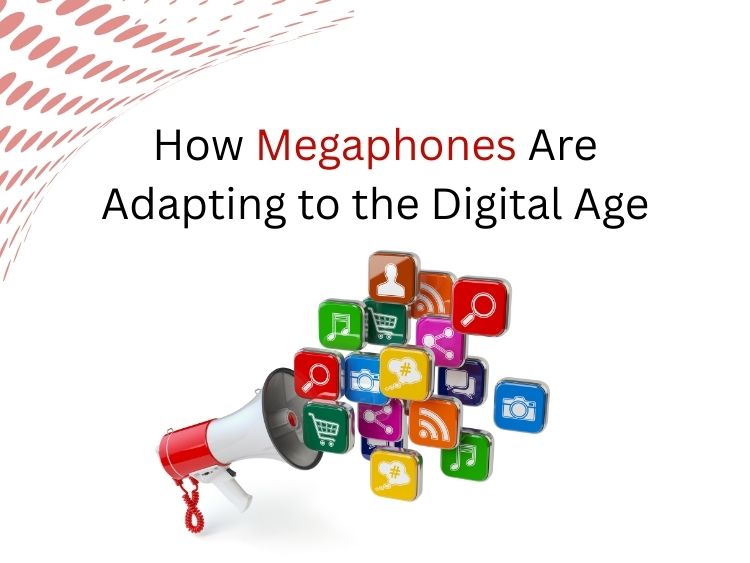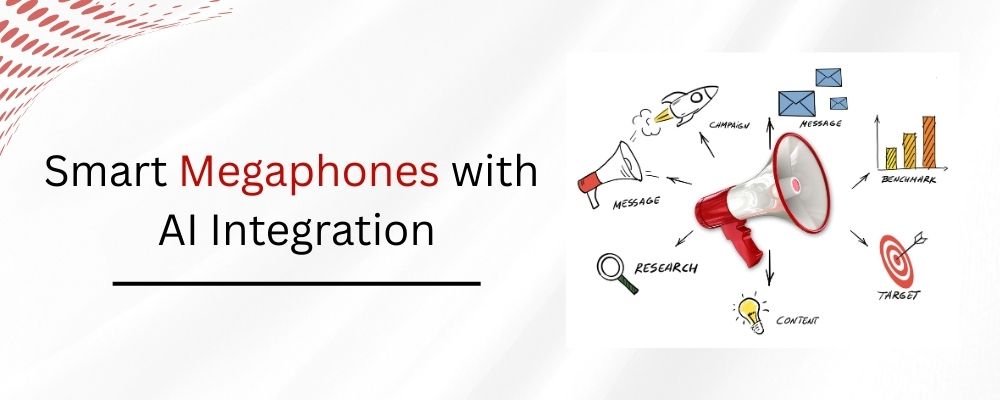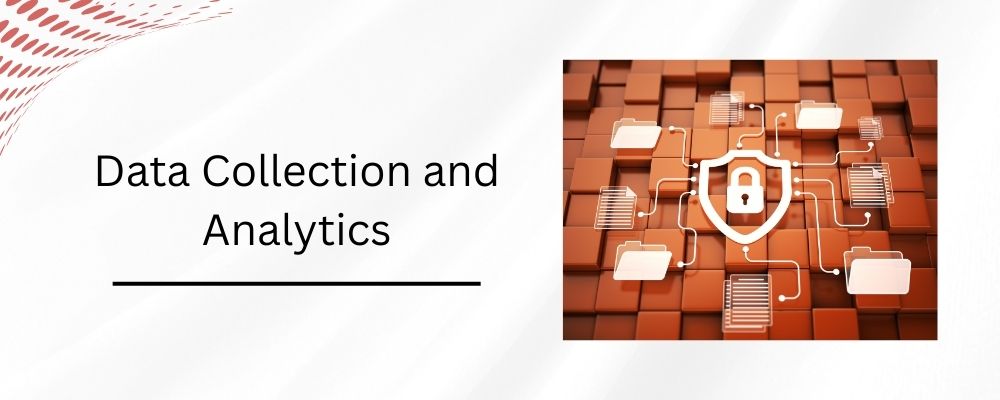Megaphones have long been a staple for amplifying voices in public spaces, particularly in emergencies, protests, and large-scale events. Traditionally, these devices have operated on simple analog principles. However, as technology continues to evolve, megaphones are embracing the digital age. From incorporating Bluetooth connectivity and voice modulation to integrating artificial intelligence (AI) for better communication, modern megaphones are becoming more effective. Today we explore how megaphones are adapting to the digital landscape and the benefits these advancements offer.
1. Bluetooth and Wireless Connectivity
One of the most prominent digital advancements in megaphones is the integration of Bluetooth and wireless connections. This feature allows users to play messages directly from smartphones, tablets, or other Bluetooth associated devices. Whether it is pre-recorded emergency messages, announcements, or multilingual translations, wireless connectivity significantly expands the functionality of bullhorns.
Bluetooth-enabled megaphones are particularly beneficial in events such as public gatherings or large-scale conferences, where organizers are required to switch between live and pre-recorded messages seamlessly. They can also minimize the need for wired connections, enhancing mobility and ease of use. Read the rise of wireless megaphone to learn more.
2. Smart Megaphones with AI Integration
AI-powered megaphones are a leap forward in emergency communication and crowd management. By integrating AI, these devices can study background noise levels and adjust the volume and tone of the speaker’s voice for optimal clarity. Some AI-powered bullhorns also offer real-time language translation, making communication in multilingual environments more accessible.
Moreover, AI algorithms can identify patterns in crowd behavior and recommend appropriate messages to announce, preventing panic and ensuring organized evacuations. This predictive capability makes smart bullhorns an invaluable asset in emergency response scenarios.
3. Enhanced Audio Quality and Noise Cancellation
Digital megaphones recently feature sophisticated noise cancellation technology that filters out background noise, ensuring clear audio transmission even in chaotic environments. Advanced microphones and digital signal processors (DSP) work together to minimize wind noise, sirens, and other environmental sounds.
Also, some bullhorns incorporate voice modulation technology, which improves the speaker’s voice and makes it easier for listeners to understand messages, even in noisy or crowded settings. These audio advancements are particularly useful in outdoor events, construction sites, and disaster zones.
4. Integration with Mobile Applications
Modern megaphones nowadays come with dedicated mobile applications that provide users with enhanced control and customization options. Through these apps, users can adjust volume, choose from different sound effects or sirens, and play pre-recorded messages.
Some apps also allow for real-time audio monitoring and provide diagnostics on battery life, speaker performance, and connectivity status. This added layer of control ensures seamless operation and reduces the risks of technical issues during critical moments.
5. Cloud Connectivity and Remote Management
Cloud-connected megaphones provide remote management and monitoring through centralized platforms. In large arenas such as stadiums, airports, or campuses, security personnel can control multiple bullhorns from a single interface. Messages can be announced to specific areas or zones, providing targeted communication.
This remote management also benefits emergency response teams who may need to coordinate across vast areas. Emergency alerts can be sent to multiple bullhorns simultaneously, ensuring fast and consistent communication.
6. Solar-Powered and Energy-Efficient Models
Sustainability is a major priority in modern technology, and megaphones are no exception. Many contemporary models consist of solar panels or rechargeable lithium-ion batteries, minimizing the need for disposable batteries and promoting eco-friendly practices.
Solar-powered bullhorns are especially useful in disaster response situations where electricity may not be available. They provide a reliable communication solution that remains operational during extended emergencies. Get to know about the Journey of Megaphones.
7. Integration with Public Address Systems
Digital megaphones have the ability to integrate with existing public address (PA) systems. Through wireless connectivity and digital protocols, bullhorns can act as portable extensions of larger PA systems, providing vast coverage in emergencies or large events.
This method of operating ensures that messages are delivered consistently across all areas, improving the effectiveness of communication strategies.
8. Real-Time Translation and Multilingual Support
In multicultural communities or international events, language barriers can be a significant challenge in emergencies. Advanced megaphones equipped with real-time translation capabilities can convey messages in multiple languages, ensuring that main information reaches everyone.
Using AI-powered translation engines, these models can interpret and relay messages in real-time, empowering situational awareness and promoting inclusivity in public communication.
9. Voice Recognition and Command Capabilities
Some digital models now incorporate voice recognition technology, allowing users to operate them automatically using voice commands. This characteristic is particularly beneficial for first responders and emergency personnel who may require to keep their hands free for other tasks.
Voice recognition capabilities also allow users to switch between functions, adjust volume, or trigger emergency sirens without manual intervention.
10. Data Collection and Analytics
With the integration of IoT (Internet of Things) technology, modern bullhorns can collect and analyze data to provide valuable insights. Metrics such as volume levels, broadcast frequencies, and audience engagement can be monitored and analyzed in real time.
This data can help event organizers and emergency planners optimize their communication strategies, identify areas where messaging needs to be amplified, and operate the effectiveness of their responses.
Conclusion
As technology continues to transform the way we communicate, bullhorns are evolving to meet the demands of the digital age. From AI-powered capabilities and real-time translation to cloud connectivity and better audio quality, digital bullhorns provide exceptional functionality and adaptability. The initiating companies 5 Core, Pyle, LoudMore, ThunderPower come with many options.
Their role in emergencies, public events, and large-scale operations remains vital. By welcoming these technological advancements, bullhorns are not only preserving their relevance but also enhancing their effectiveness as essential tools for clear and efficient communication. The future of megaphones is undoubtedly digital, ensuring that voices are heard when it matters most.




